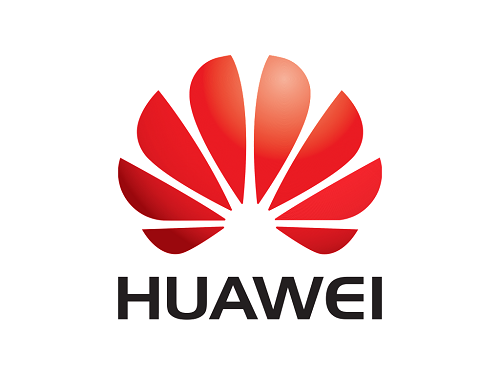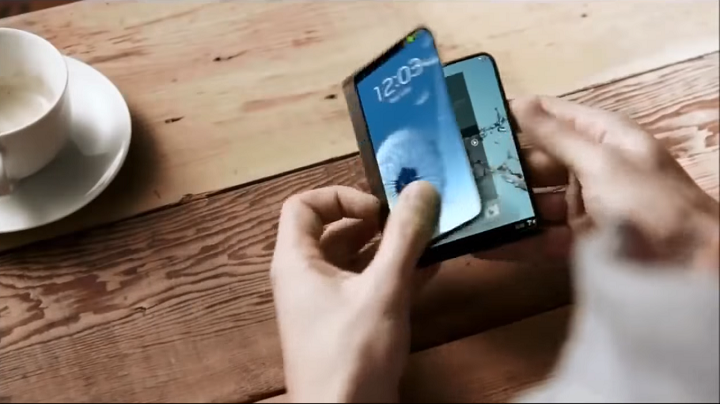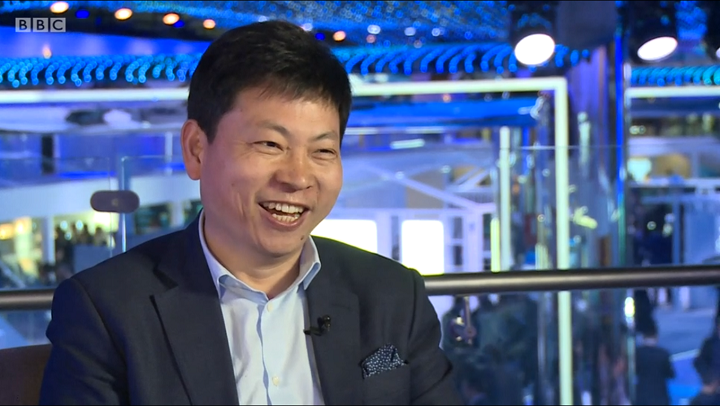Huawei Enters The Foldable Phone Race, Predicts They’ll be the First
The possibility that smartphone manufacturers are going to roll out a foldable smartphone has been discussed to death over the last few years since Samsung showed the foldable phone concept in CES 2013. ZTE then unveiled the Axom M and people became even more excited. Since then the technology needed to create a working commercial foldable smartphone has slowly come together. People are expecting the thing to have one whole screen without a black line in the middle, and yet thin enough to rival the thinnest phones to date. Samsung’s president made a statement that we may get one as early as this year. But a new competitor has entered the race, with the wish to beat Samsung to it and be the one to release the world’s first true foldable smartphone.
Huawei Enters The Race
It is Huawei, the 3rd biggest smartphone manufacturer in the world, that made that statement this April. According to ETNews, Huawei has signed contracts with parts manufacturers to provide them with parts and materials necessary to create and manufacture a foldable phone. While Samsung estimates that they can deliver a foldable smartphone by the end of this year, Huawei estimates that they can do better, delivering a working foldable smartphone by November.
The article goes on stating that Huawei is most likely going to use an OLED screen for the new phone but it still not sure which company is going to provide Huawei with it: Samsung or LG. Both Samsung and LG have developed flexible screens, which is an important part of making a foldable phone. Flexible screens are a candidate because they might become flexible enough to bend without breaking to allow phones to fold. Unlike ZTE Axom M that uses two screens to be able to fold, what they are looking to do is create a phone with one screen that can truly fold.
What Would Success Mean
There are several key issues that Huawei needs to address to make sure that the phone works. One, the phone needs to be tough. All hinged devices will ultimately get damaged over time. The phone will be repeatedly opened and closed several times a day, depending on the user and how the phone works. And since the display is folding, that means the display itself is in danger of getting damaged, which is probably one of the last things smartphone owners want to happen. The second one has something to do with how much the new device is going to depend on their new gimmick. If the device relies too much on people opening the phone to be able to use most of its functions, some of which will be understandably tied to the folding gimmick, which brings up the issue of uniqueness. “Why would I buy a foldable phone where an ordinary smartphone costs less and can do everything a foldable phone can do?” Then there’s the issue of thickness and weight, as well as the placements of plugs for peripherals, though in that respect because we already have wireless charging and Bluetooth headphones, it’s safe to expect that foldable phones will never come with USB-type C plugs and headphone jacks.
A Clear Vision of The Future
If Huawei can address those issues we might see a brand new phone that isn’t fully reliant with the folding gimmick for everything. A product that isn’t another iPhone X. A smartphone that is truly innovative and isn’t just an overpriced toy or an overpriced camera.
It will be hard, especially now that users and costumers are more practical than they were before. And who knows how many still actually want a folding smartphone when the technology to create a communication device that can use holograms or one that can use augmented reality is very much possible and more exciting than a bigger folding phone.


